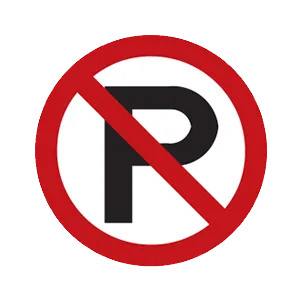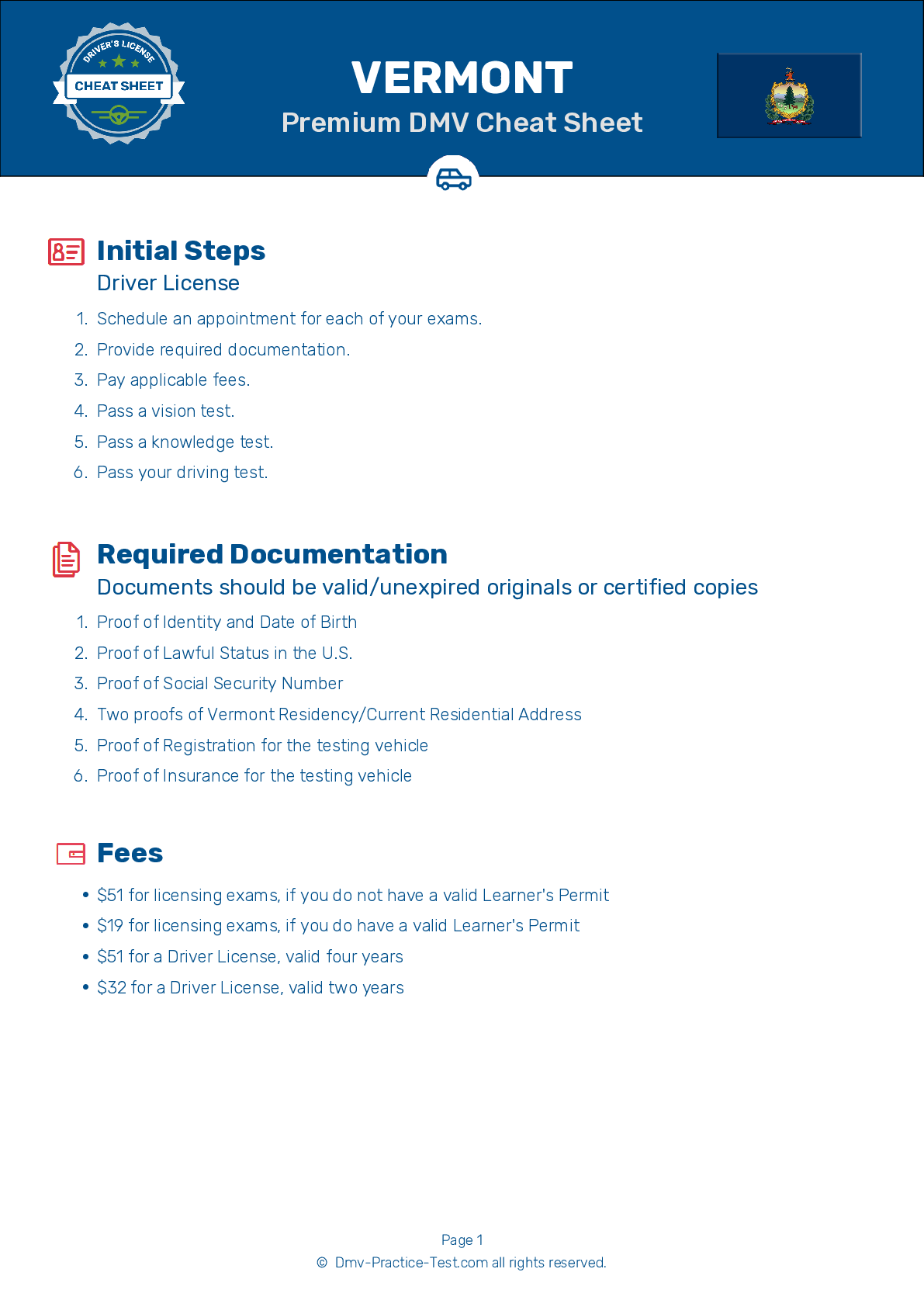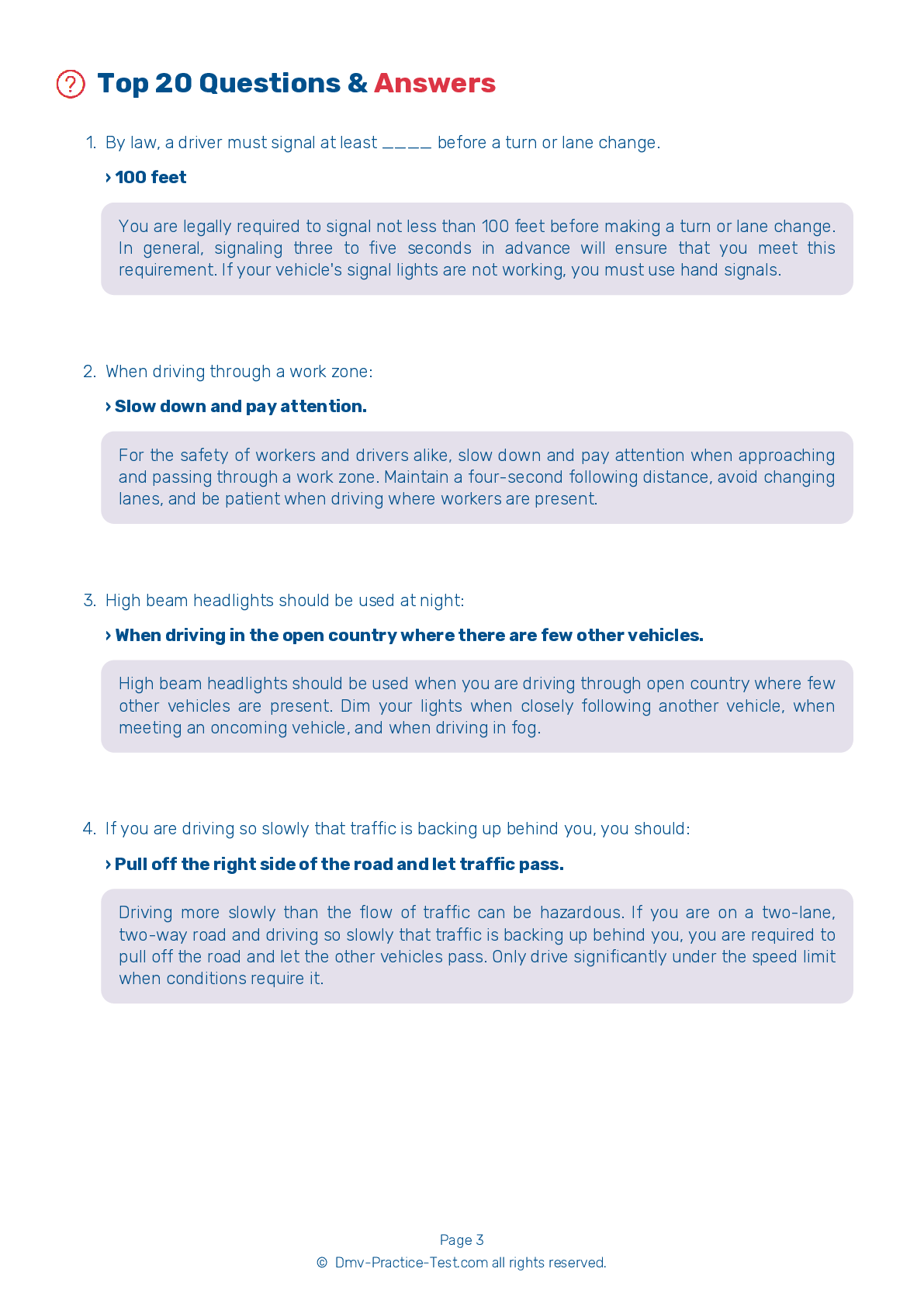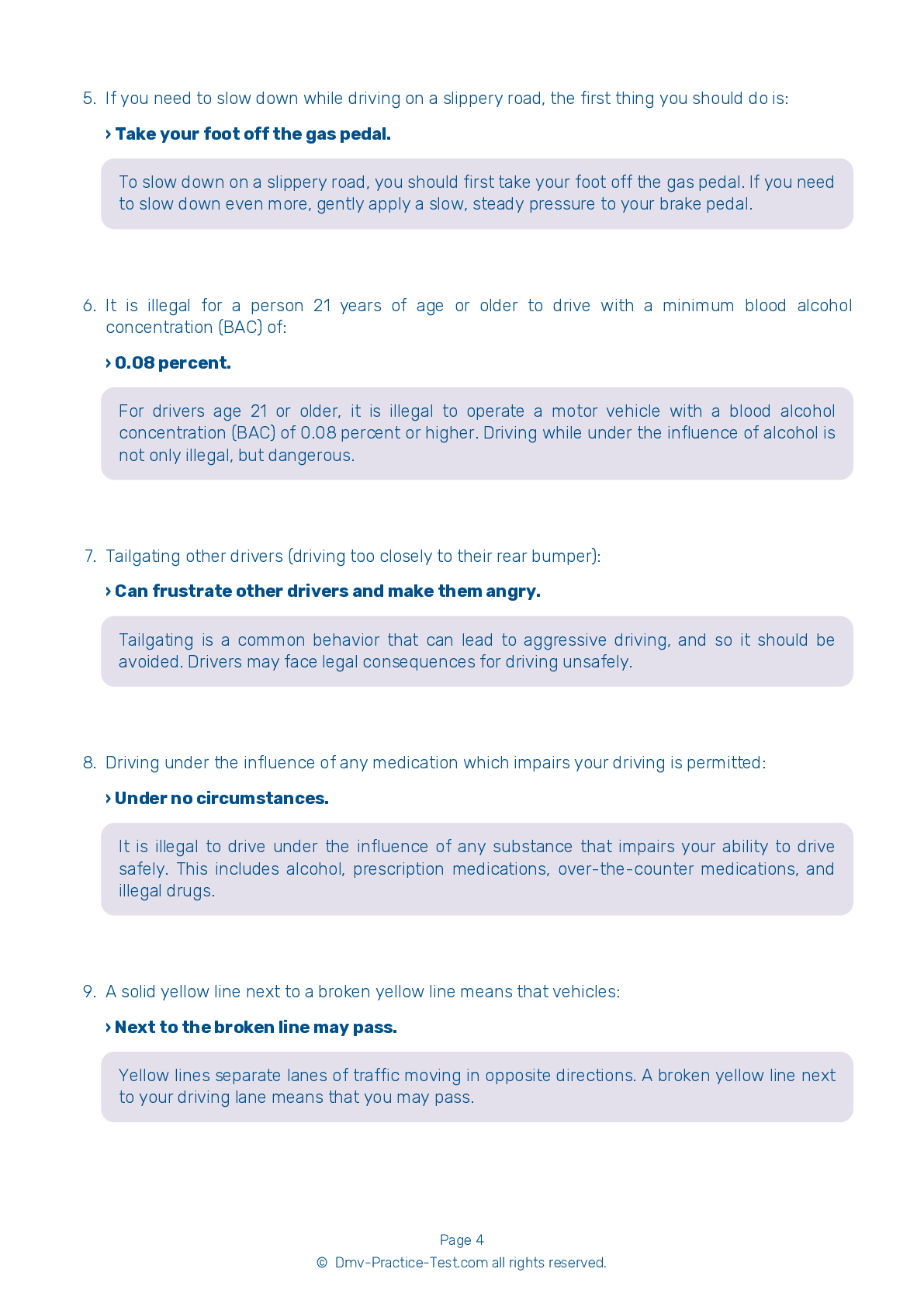FREE Vermont DMV Practice Test #17 Page 2 of 3
The Vermont DMV practise examinations have been updated for January 2025. It includes questions based on the Vermont Driver Handbook's most significant traffic signals and legislation for 2025. Use actual questions that are very similar (often identical!) to the DMV driving permit test and driver's licence exam to study for the DMV driving permit test and driver's licence exam.
On the practise exam, each question gets a tip and explanation to help you remember the concepts. The written component of the official Vermont DMV test will include questions about traffic rules, traffic signs, and driving statutes, as well as knowledge from the Driver Handbook.
To obtain a passing grade, you must correctly answer 16 of the 20 questions. Use the practise exam provided by the Vermont Department of Motor Vehicles to help you prepare for your instruction permit or driver's licence.
The DMV exam is available in several languages.
Using any kind of testing assistance will result in an automatic fail, and the DMV may take additional action against your driver's licence, so stay away from it.
7 . Always signal when:
Your turn signals should always be used when you make any movement to the left or right. You should use your signal when pulling into traffic from a curbside parking space, moving into a new lane, or passing another vehicle.
8 . When approaching a right turn, your vehicle should be:
When approaching a right turn, your vehicle should be about three feet from the right side of the road.
9 . This sign means:

Regulation signs regulate traffic speed and movement, displaying rules which drivers must obey. This regulation sign indicates that parking is not permitted.
10 . On slippery roads, you should:
You should slow down at the first sign of rain, snow, or sleet, all of which can create slippery road conditions. When conditions on the road are less than ideal, safety may require that you drive more slowly than the posted speed limit.
11 . You should honk your horn when you:
Your horn should be used as a warning in situations where you think another driver or a pedestrian does not see you. For example, if a child begins to run into the street in front of your vehicle, you should sound your horn.
12 . A speed limit is:
A speed limit is the maximum or minimum legal speed you can travel on a road under ideal conditions. You may drive more slowly than the posted speed, but it is illegal to drive any faster. You must drive more slowly where signs or signs indicate a school zone or work zone speed limit. If conditions such as road construction or bad weather make the posted speed unsafe, drive under the speed limit.
13 . You experience an incident at work that has left you feeling angry. When you get to your car, you should:
Persons who are upset, angry, or otherwise distracted by their emotions should take time to cool off before driving a car. Taking out frustrations or anger while driving is exercising very poor judgment and is very dangerous to both the driver and others on the road.
Need Car Insurance? No problem!
Compare the best rates in Vermont and find a personalized policy that meets your needs.
1. Are You Currently insured ?
2. Married ?
3. Do you own your Home?
4. Do you have more than 1 car ?
5. Have you or a Family Member Honorably Served in U.S. Military ?
6. Your Name
7. Age
8. Zip code
IMPORTANT REMINDER:Auto Insurance is Mandatory to drive in Vermont. Get covered before you hit the road to avoid any fines.
Ranked by best match
2025 Vermont | Frequently Asked Questions
1. Not checking mirrors and blind spots before changing lanes or turning.
2. Speeding or driving too slowly for the conditions or posted speed limit.
3. Not coming to a complete stop at stop signs or red lights.
4. Incorrect signalling or not signalling at all.
5. Poor parking, especially parallel parking.
Remember, practice makes perfect, so take time to hone your skills.



